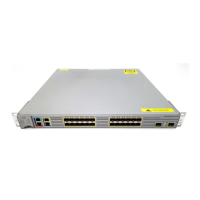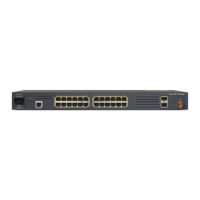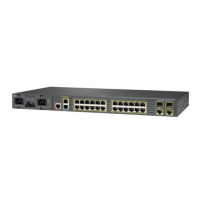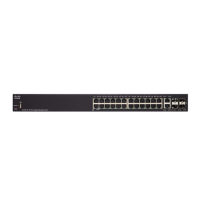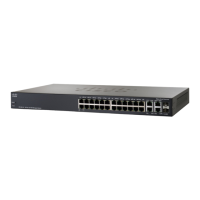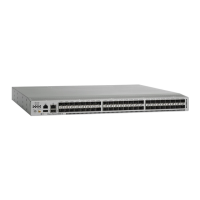CHAPTER
6-1
Cisco ME 3800X and 3600X Switch Software Configuration Guide
OL-23400-01
6
Configuring Synchronous Ethernet
The ME 3800X and ME 3600X switches support Synchronous Ethernet (SyncE), which is the PHY-layer
frequency-synchronization solution for IEEE 802.3 links. It is an evolution of the conventional Ethernet
and Ethernet + SDH and SONET-based synchronization. SyncE is used to synchronize and send clock
information to remote sites on the network. Each network element along the synchronization path must
support SyncE. SyncE provides only frequency synchronization, not related to time or space.
• Understanding SyncE, page 6-1
• Configuring SyncE, page 6-5
• Monitoring SyncE, page 6-11
Understanding SyncE
SyncE provides a method to synchronize the Ethernet network by having all Ethernet ports send data
based on a reference clock. All devices supporting SyncE must send and receive data in cycles of fixed
size and duration. The data size depends on the Ethernet speed. The rate of transmission is 8000 cycles
per second. Each device must be able to support a system timing master, which is the synchronization
source. A sync port is the port on which synchronization information is received. All SyncE frames
coming from the sync port are the source of synchronization for all other ports on the device.
The switch 10 Gigabit Ethernet uplink ports or BITS interface support line clock recovery, sending and
receiving clock information. Downlink ports do not perform clock recovery and can only send clock
signals.
The switch supports TI (1544 kilobits/s) and E1 (2048 kb/s or 2048 KHz) clock timing synchronization.
• Reference Clocks, page 6-1
• SyncE Timing Using REP for Loop Prevention and Resiliency, page 6-2
• BITS Interface, page 6-5
Reference Clocks
A switch comes up in a free-run state, using the internal oscillator (Stratum 3) for synchronization. If
there is a valid clock reference with a set priority, the switch locks to that reference. If there is no reliable
clock source available, the switch remains in free-run mode. If the current clock becomes invalid, the
switch goes into holdover mode and replays the saved clock from the last source. The switch SYNC
LEDs show the status of the internal clock: locked (green), free run (off), or in a holdover state (amber).
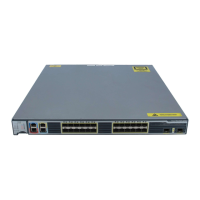
